Business & Economics: Economics
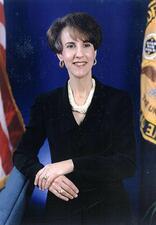
Charlene Barshefsky
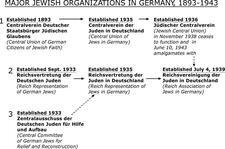
Cora Berliner
Cora Berliner was an economist and social scientist who held leadership positions in several major Jewish organizations in Germany between 1910 and 1942. These organizations included the Association of Jewish Youth Organizations in Germany, the Reich Representation of German Jews, and the League of Jewish Women.
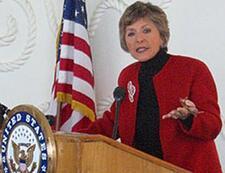
Barbara Boxer

Jewish Women in the Cairo Genizah
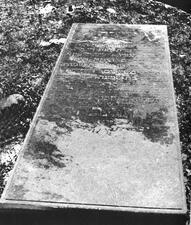
Caribbean Islands and the Guianas
Women were among the earliest settles in the Dutch and English Caribbean. Early Caribbean Jewish women, despite living in patriarchal societies, still managed to engage in public pursuits. As Caribbean Jewish communities became increasingly racially blended over time, women of color became some of the most definitive architects of distinctly Creole Caribbean Jewry.
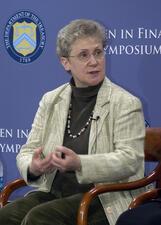
Abby Joseph Cohen
A leading voice in the United States investment banking and finance industry, Abby Joseph Cohen worked in the Goldman Sachs investment research division for over three decades. She rose to prominence in the 1990s with her accurate predictions of a prolonged economic expanding and durable bull market and has remained one of the top names in the investment industry.
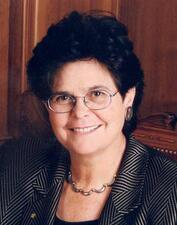
Ruth Dreifuss
Ruth Dreifuss was the first Jewish member of the Federal Government of Switzerland and the first female President of the country. When she became President of the Confederation in 1999, she was the first Jew and the first woman to hold the office.
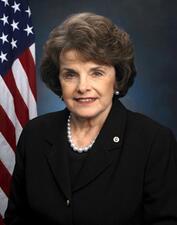
Dianne Feinstein
Dianne Feinstein, former mayor of San Francisco and United States senior senator from California since 1992, was a political pioneer and a long-time U.S. senator. Throughout her career, Feinstein earned a reputation as a leader, reformer, and principal member of the Democratic Party.
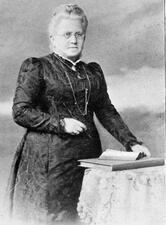
Germany: 1750-1945
The Jewish Reform movement did not liberate women from their subordinate religious status, and the nineteenth-century bourgeois German family ideal with its rigid gender roles soon eclipsed the fluid structure of premodern Jewish families. Jewish women were expected to transmit German bourgeois values while also shaping their children’s Jewish identity.
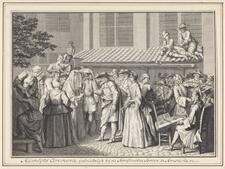
Halakhic Decisions on Family Matters in Medieval Jewish Society
Across the medieval Jewish world, rabbis used takkanot (rabbinic decrees) to address urgent needs in family life among their Jewish communities. These takkanot are key historical sources for understanding the changing roles of women in the medieval Jewish world.
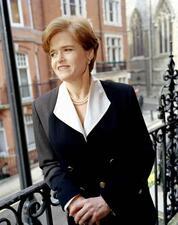
Historians in the United States
American Jewish women have made important contributions to historical scholarship, especially in the arenas of social history of the United States and Europe, women’s history, and Jewish history. Jewish women, sensitive to the situations of minority groups, became pioneers in these fields as they developed from the 1970s on.
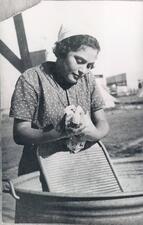
Kibbutz
Although the kibbutz was intended as an equalitarian, democratic utopia, attempts to achieve gender equality have been limited by traditional masculinities and male-controlled spheres and gender inequalities have persisted.

Kibbutz Ha-Dati Movement (1929-1948)
Beginning in 1929, the religious kibbutz (Kibbutz Ha-Dati) movement represented the confluence of progressive ideals of equality and collectivism and traditional customs of Judaism. As a result, women in the movement lived at a crossroads.

Kinnim (Tractate)
Tractate Kinnim (“nest” or “birds in a nest”), the last tractate in Order Kodashim (Holy Things), deals with the smallest type of sacrifice, a pair of turtledoves or young pigeons—one nest, hence the title.
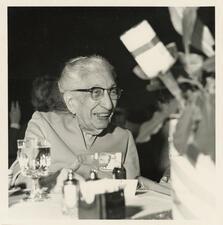
Sara Landau
Sara Landau was an accomplished twentieth-century economist who paired her scholarship with inexhaustible volunteerism in local and national organizations. Throughout her career in academia and service, Landau exemplified a category of economically independent middle-class Jewish women in America who both developed their own careers and devoted their energy to volunteer efforts, especially on behalf of their fellow Jews.
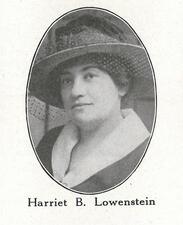
Harriet Lowenstein
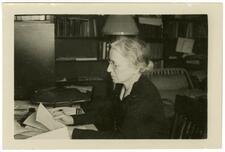
Esther Lowenthal
Esther Lowenthal’s long career teaching economics at Smith explored subjects from government spending and taxation to the theories of socialist economists.
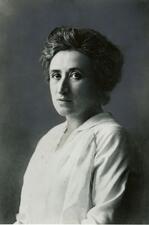
Rosa Luxemburg
Rosa Luxemburg was a socialist revolutionary known for her critical perspective. Born in Poland, Luxemburg had become an important figure in the world socialist movement by 1913. She argued against Lenin’s hierarchal conception of party organization, and against revisionism. Luxemburg was internationalist in orientation and unflinchingly dedicated to a radical democratic vision.
Mizrahi Feminism in Israel
Mizrahi feminism goes beyond the typical western scope of feminism to include the history and issues that concern women in the Middle East in Israel and in Arab and Muslim countries. An intersectional feminism, it is particularly sensitive to issues of race, class division, immigration, and ethnic discrimination.
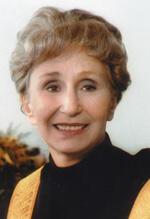
Sylvia Ostry
Sylvia Ostry, born in Winnipeg, Canada, was a distinguished economist, academic, and government leader. She taught at universities across Canada, served in numerous government posts, and authored over eighty publications, mostly on policy analysis.
Jessica Blanche Peixotto
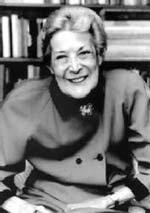
Sylvia Field Porter
The first woman on the financial desk of a big-city newspaper and the first woman to break into the world of writing about finance, Sylvia Field Porter was a pioneering economist, columnist, and best-selling author. For over half a century, she educated the American consumer about money matters, empowering women to achieve economic independence.

Pulcellina of Blois
Pulcellina was a prominent and powerful Jewish moneylender in twelfth-century Blois. In 1171, she was burned at the stake with mother than 30 other Jews on the false accusation of murdering a Christian boy.
Elizabeth Brandeis Raushenbush
Following in the footsteps of her famous father, Supreme Court Justice Louis Brandeis, Elizabeth Brandeis Raushenbush became an expert on labor legislation in the United States and one of its strongest defenders.


